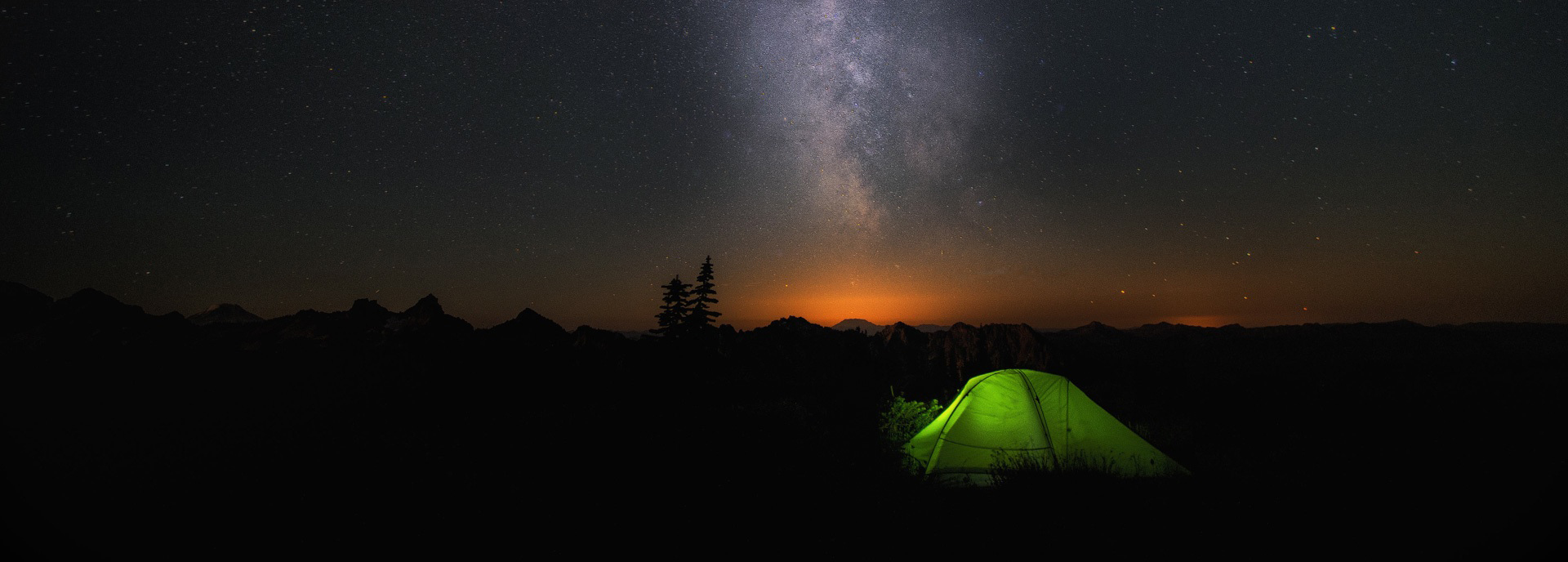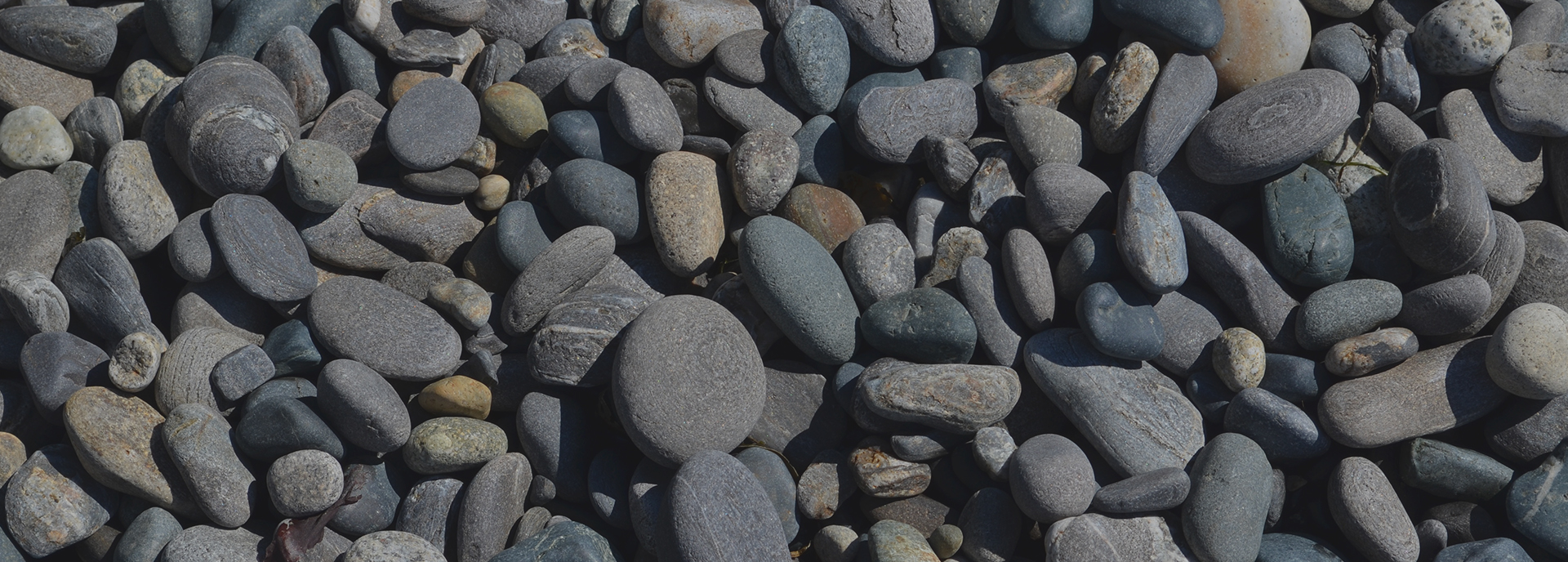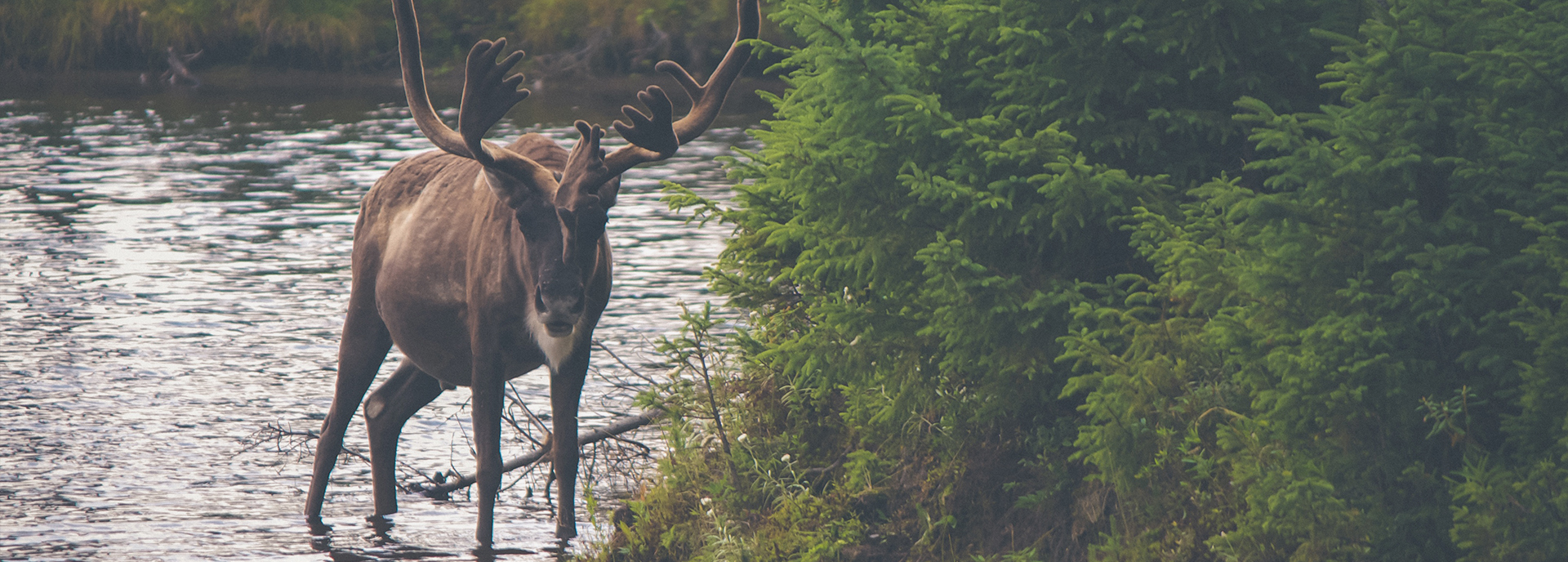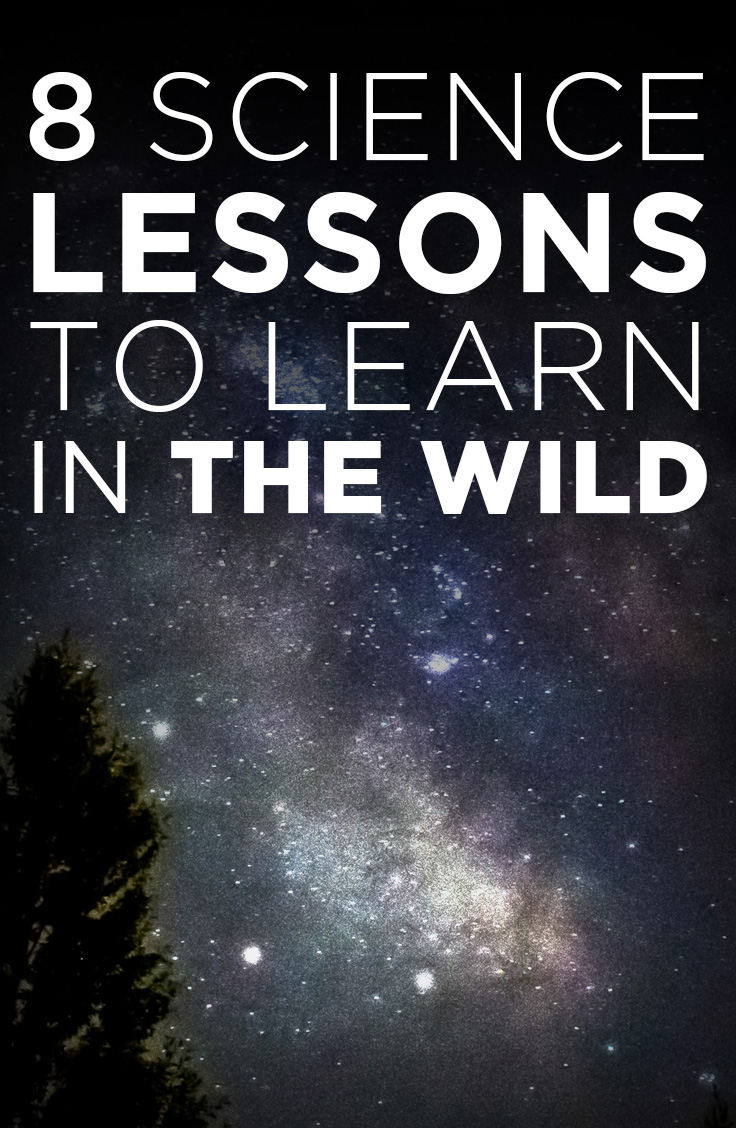Here are 8 science lessons to study when you are camping, fishing, hiking or just enjoying the wild outdoors this summer.
(This post contains affiliate links. If you click on one, we will be compensated financially.)

1. Star Gazing
Not only is this a science subject but it applies to philosophy as well. I have had many deep conversations looking up at the night sky, as we all have. With the amount of light pollution near towns and cities, camping is the perfect time to sit back and take in the stars, galaxies, and planets. I suggest bringing a telescope, but depending on the size of your vehicle, and how long you plan to camp, it might not make it on the list of priorities. If you can’t bring a telescope, bring some binoculars. It won’t be the same but every bit helps.
If you can’t pack the telescope, there are some apps that give great interactive information on constellations and stars. Like Star Chart or Sky View which are free, or Star Walk and Sky Guide which cost $2.99.

2. Bird Watching
When you’re not gazing into the heavens at night, have your kids look for birds during the day. You can’t always use the internet to identify birds when you’re out in the wilderness, and it’s nice to disconnect from the temptation of using technology. I like planning ahead and buying a state specific bird field guide. In doing this, you don’t have to sort through pages and pages of birds that don’t even reside in the area in which you’re camping. If you plan on traveling nation wide, The National Geographic Field Guide to the Birds of North America is a great option, both for it’s detail and illustrations but also for it’s portable size. At 8”x 5.4”, it can fit easily in a backpack. Have each child start a life list in journal form – they can draw pictures of the birds they identify and include other observations.

3. Rocks and Minerals
Looking for rocks is always fun for kids. Whether they are throwing them in the water, collecting rocks with unique colors, shapes and patterns, or just looking for one to smash bugs, they’re going to play with them. You might as well turn it into a science lesson.
There are three different types of rocks based on the way they form: igneous, sedimentary, and metamorphic.
Luckily, all three of these can be found at or near your campsite. You will find sedimentary rocks in pretty much any river, stream, or lake across the United States, like sandstone, mudstone, flint, greywacke and chalk.
If you are in the mountains, many hikes lead to mines where you will find metamorphic rocks and some minerals, because of the type of pressures that were needed to create the mountains. Take caution around mines.
Igneous rocks are formed through lava or magma so you will need to be camping or hiking near a once active volcano in order to retrieve these types of rocks. So if you’re in Yellowstone you might be in luck.
Here is a great book to bring along for reference: Smithsonian Handbooks: Rocks and Minerals or Rocks and Gems for an app version.

4. Navigation
I feel like this is a neglected field of science. Teaching your children to navigate is a lesson that will serve them well their whole life, and can start in the weeks before your trip and in the car on the way to your destination. Get out a map and point or even draw on the map, showing them the route. Maps are only good for a few years because of road updates, and changes that are constantly taking place, so let them have fun with it. Buy a topographical map and show them how to read it.
Buy your children a compass. They are fun to play with and good hands-on educational tools to explain the magnification of the north pole.
Here are a few fun tips to find north.
- Moss on trees usually grows on the north side, because sunlight rarely hits the north side of trees.
- Wait for the beginning and end of the day to navigate by the sun. Spring, summer, and fall are the best seasons to explain this as the sun will be more directly setting in the east and west. But that works out since camping in the winter is a little difficult, especially with children.

5. Tree and Plant Identification
Knowing your trees and plants could mean the difference between death and survival. Some pine needles boiled as a tea have more vitamin C than orange juice. But some plants or berries can kill you if you eat them without identifying them properly. The Morel mushroom is one the tastiest treats known to man, but if you ate a red one, lookout porta potty.
Give them a digital camera to take pictures so they can collect what they have observed without harming themselves by touching poisonous plants, or reaching and climbing in areas that could dangerous.
Again I suggest buying a book rather than depending on the Internet to retrieve on the spot info, because of dependability, and accuracy.

6. Animal Tracks & Scat
Some of my favorite memories in elementary were science class field trips. I remember distinctly one such trip on which we made molds of animal tracks. It was great. I felt like a wilderness tracker and an archeologist at the same time. Help your children identify animal tracks and scat that are either nearby or on a hike. Cameras help – I think it is self-explanatory that you don’t want your kids sifting through some wild animal’s poop. Tracking is a great skill to have when being outdoors. You want to know if a bear or mountain lion has been near-by recently. Peterson Field Guide to Animal Tracks is a great book that gives details on tracking animals. Here are two apps that work great for tracking if you are going to be somewhere with good reception. MyNature Animal Tracks which is $1.99, gives scat examples as well, or iTrack is another, which has carried prices from free to $14.99. Each has varying info.

7. Water Cycle
This is a simple lesson from elementary science class, but one of the most forgotten in our society due to our life style. If you are camping, you’re most likely going to be next to water. Nothing is better than lying in a sleeping bag, listening to water trickle over rocks in a nearby stream or hearing ripples of water hitting the shore of a near by lake. Not to mention the convenience of filling up a percolator for fresh coffee in the morning.
If you are high in the mountains you will probably be nearer to one of the many sources of water that flows into major rivers like the Rio Grande, and you will have a cleaner water source. This is a perfect time to explain how waste doesn’t just disappear. It flows somewhere, builds up and pollutes someone’s environment.
If there is snow still on the caps of the mountains, it gives a good physical representation of the water cycle that evaporates, condenses, and falls in the mountains as snow and starts all over again.

8. Fish Anatomy and Physiology
When I think back to my high school science class, I remember dissecting frogs. You might as well turn your fishing, descaling, skinning, and gutting into an anatomy lesson. Some times you can catch fish before they have digested their last supper and it can give you a window into their wild everyday diet. Trout are an easy fish to gut and skin. With one cut you can pull out the innards, and identify it’s sex, liver, stomach, and so on. It is also a good time to teach your children how to feed themselves in the wild.
